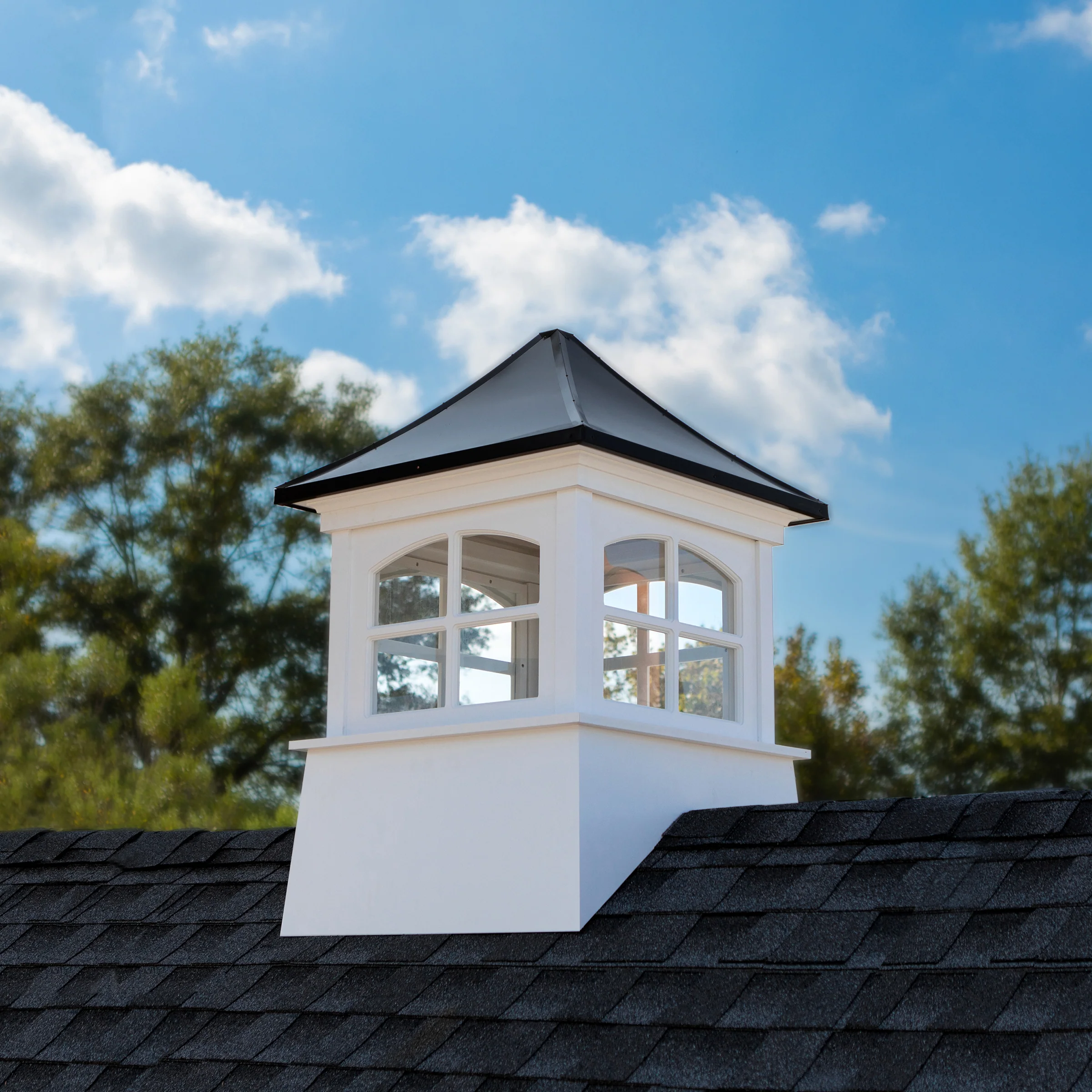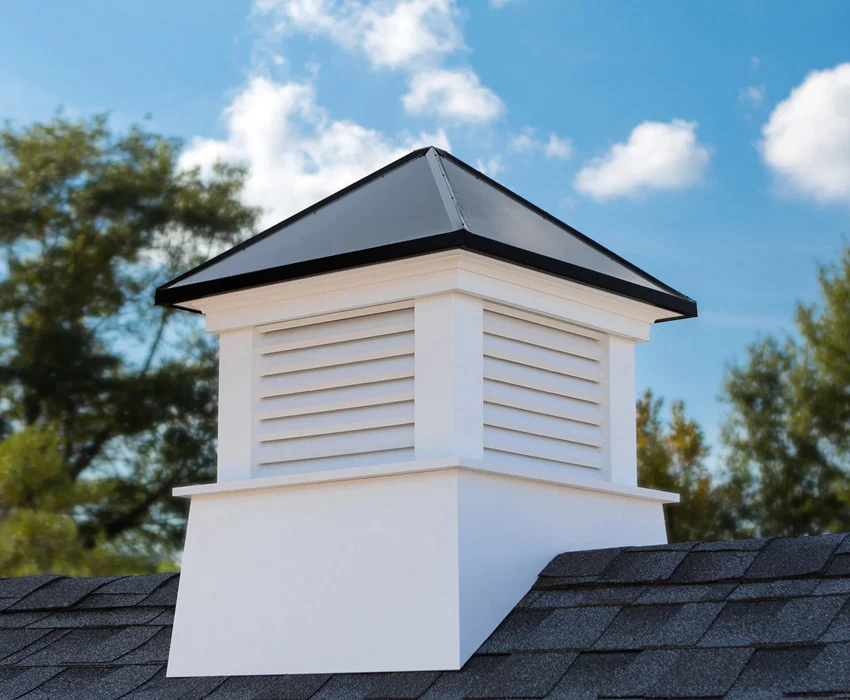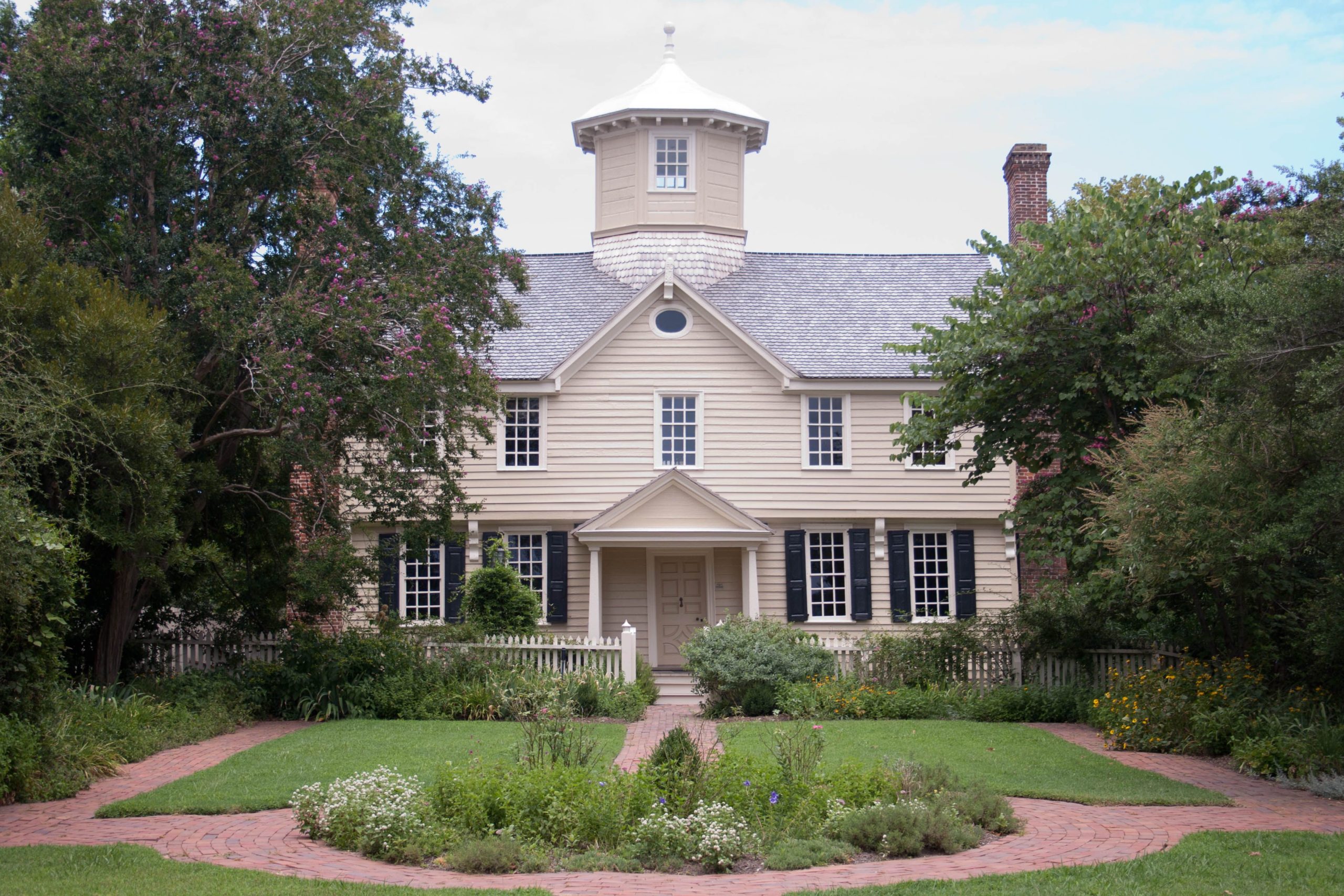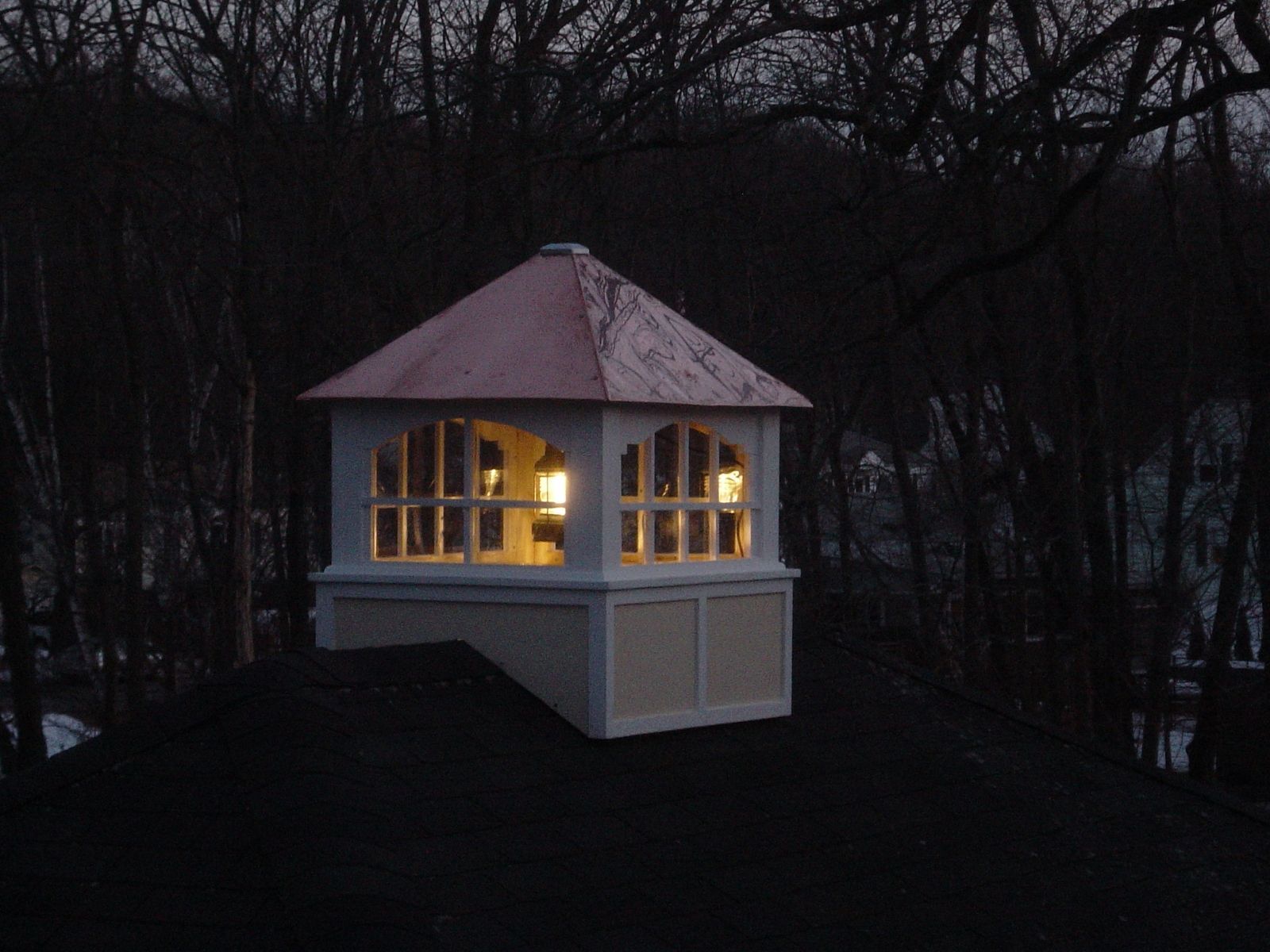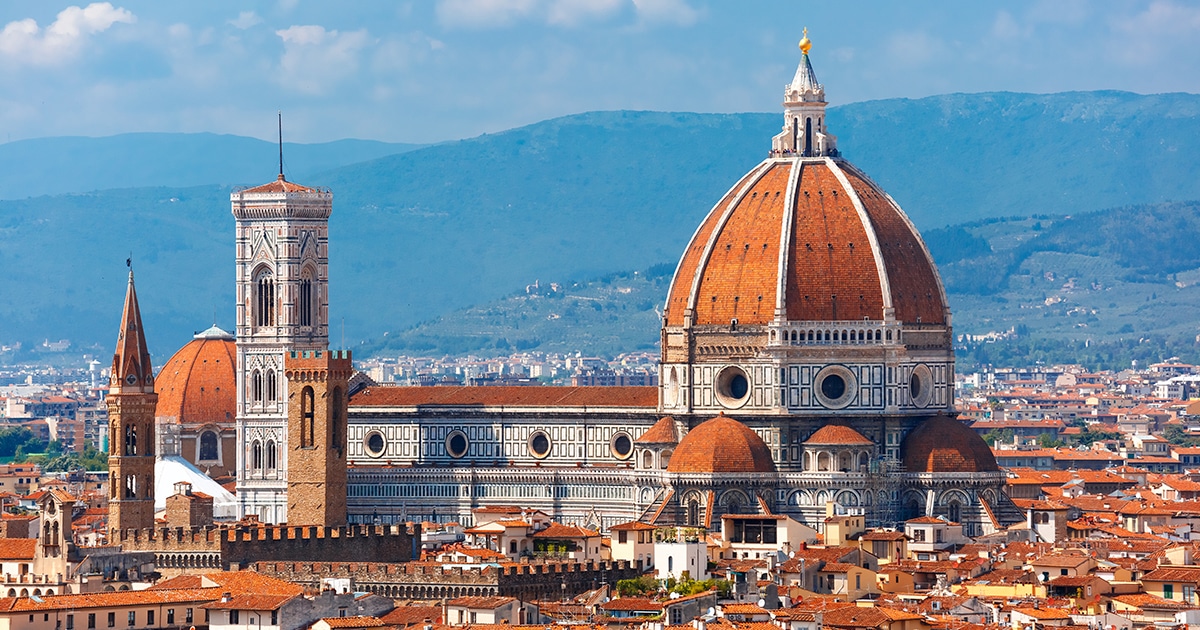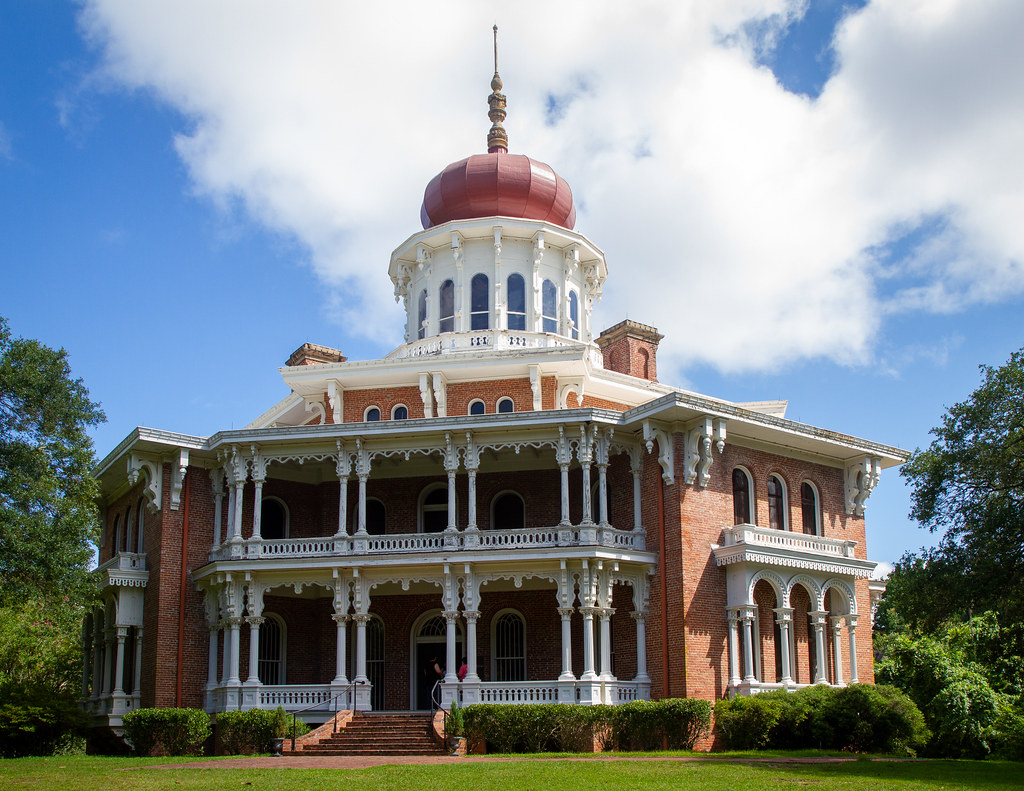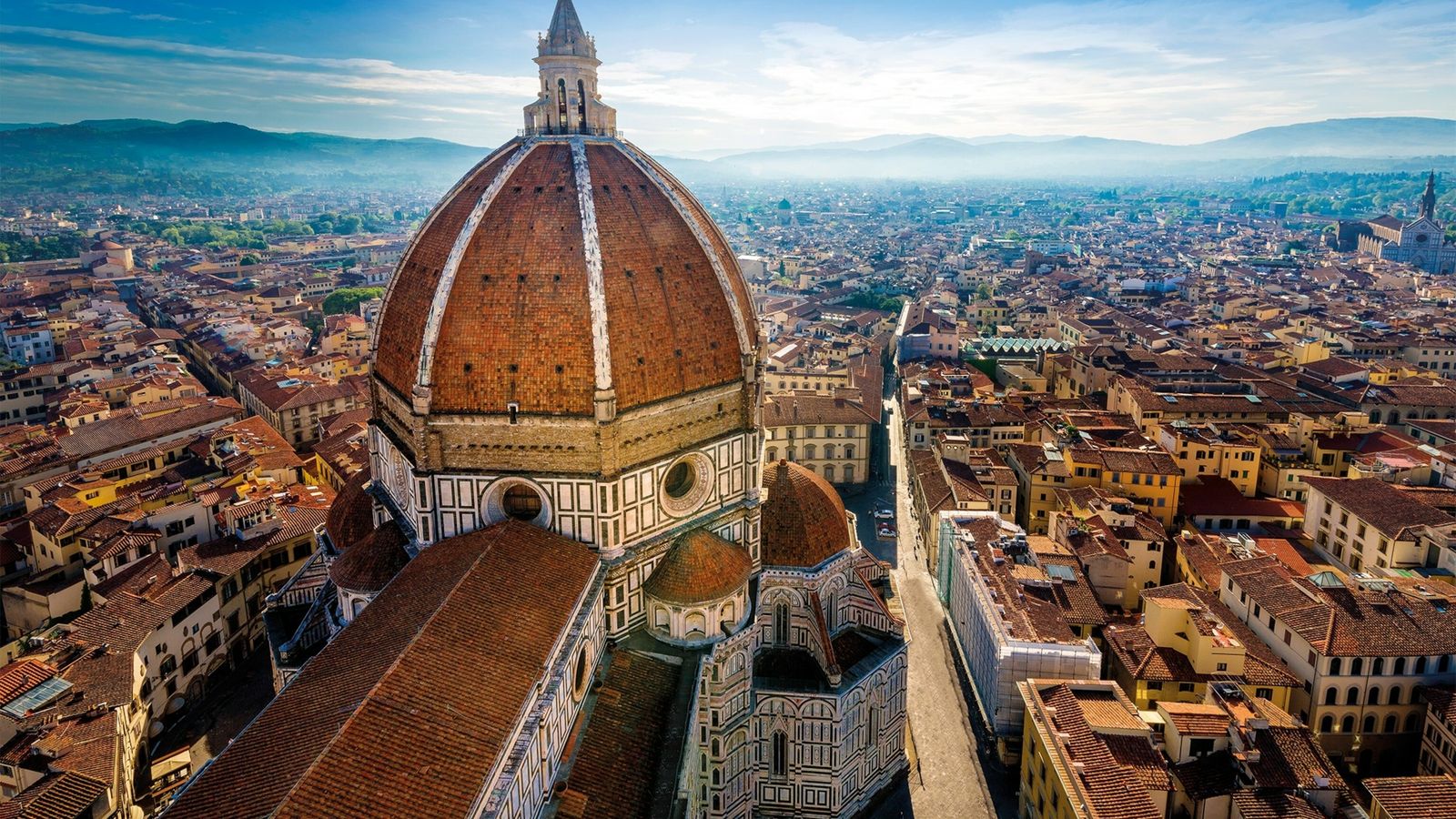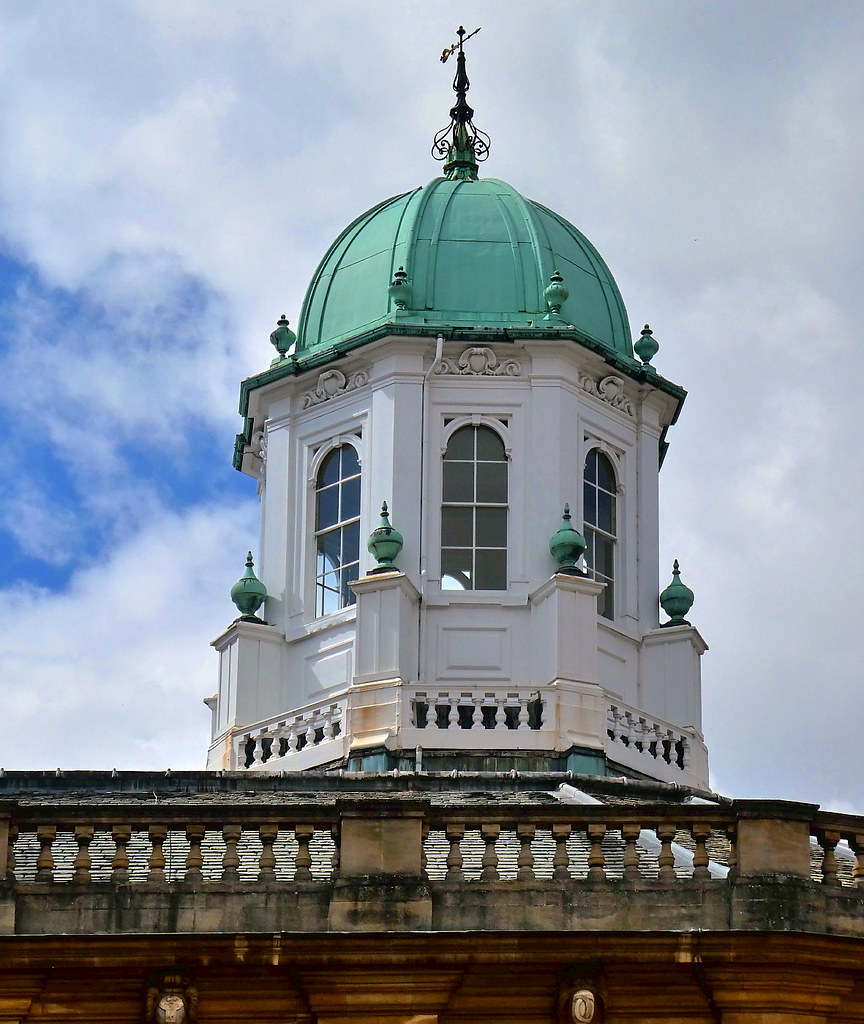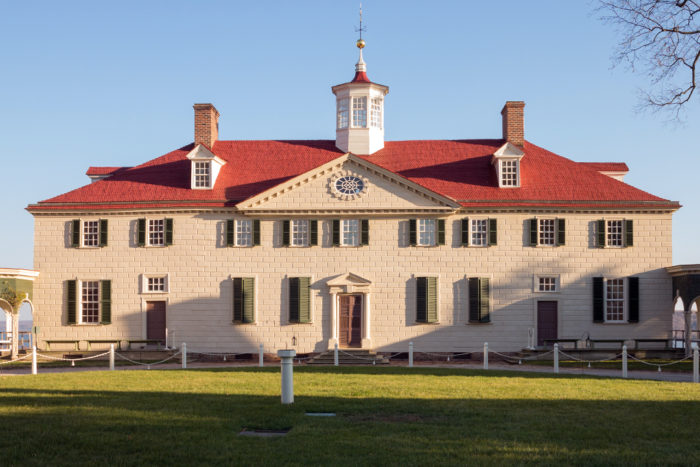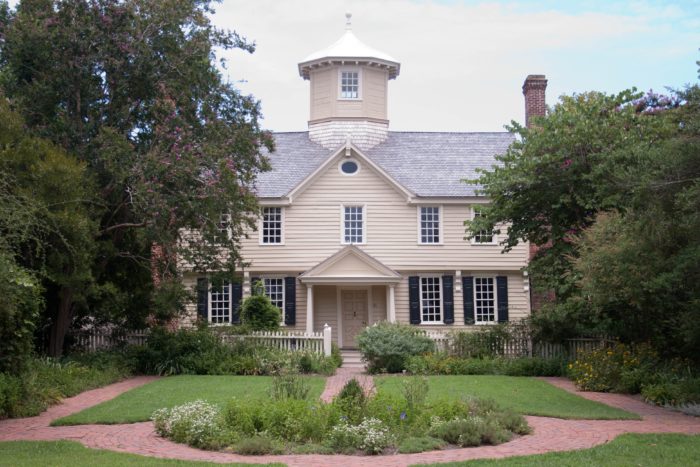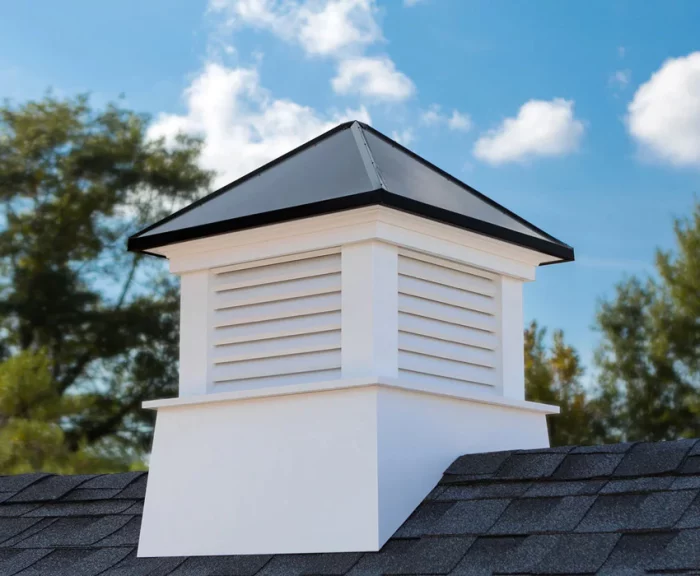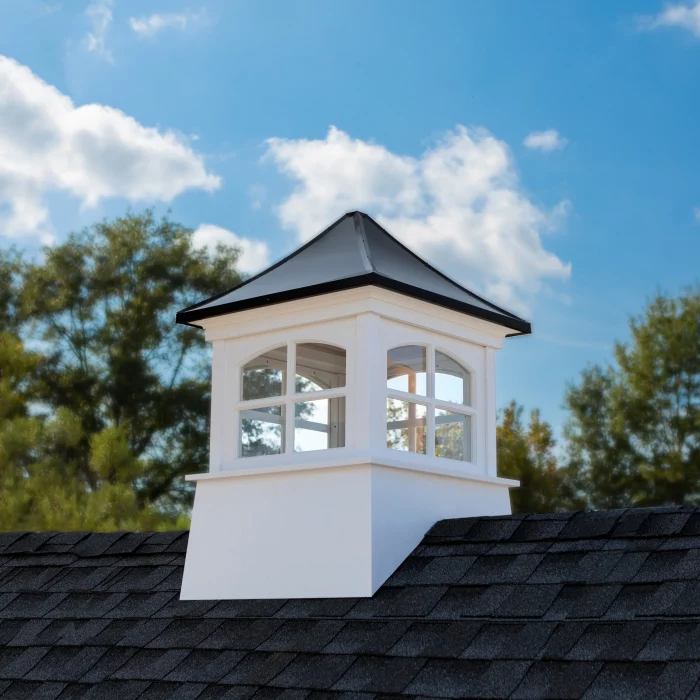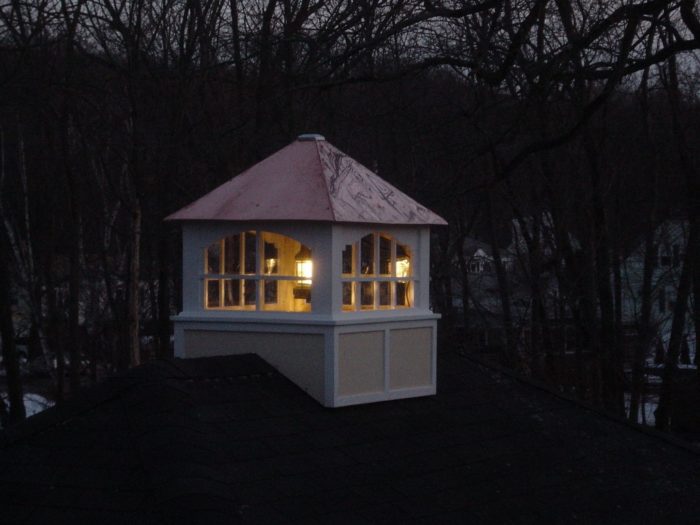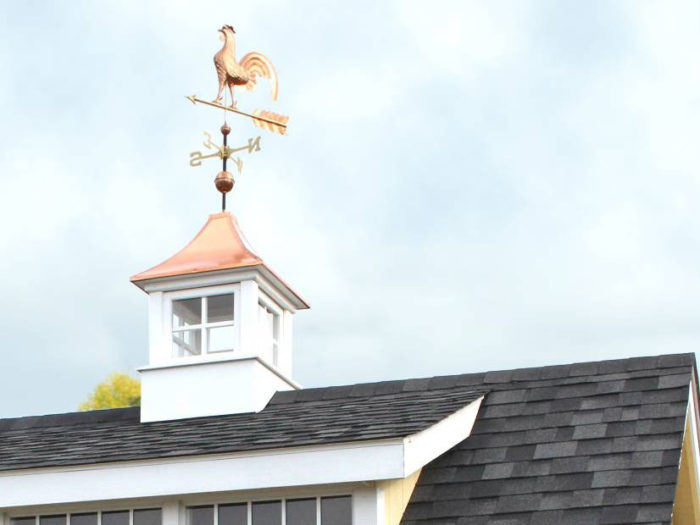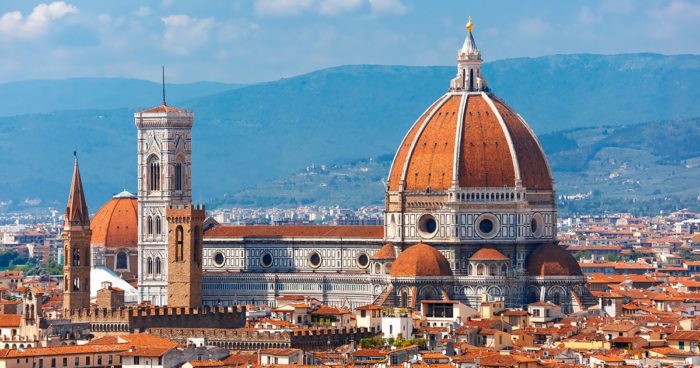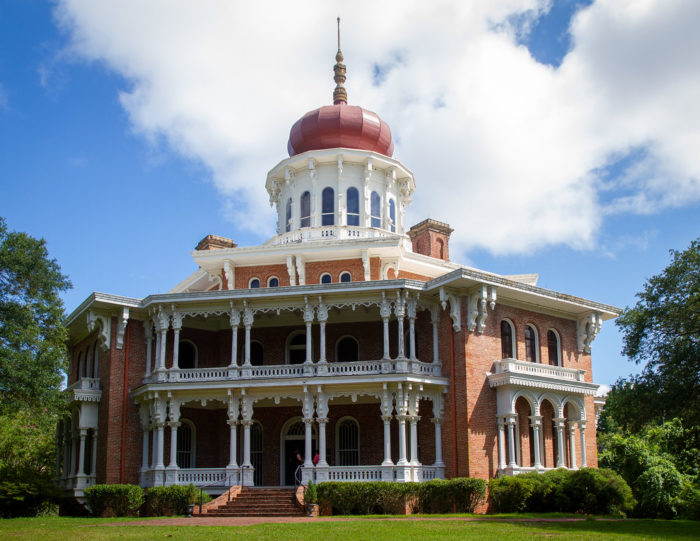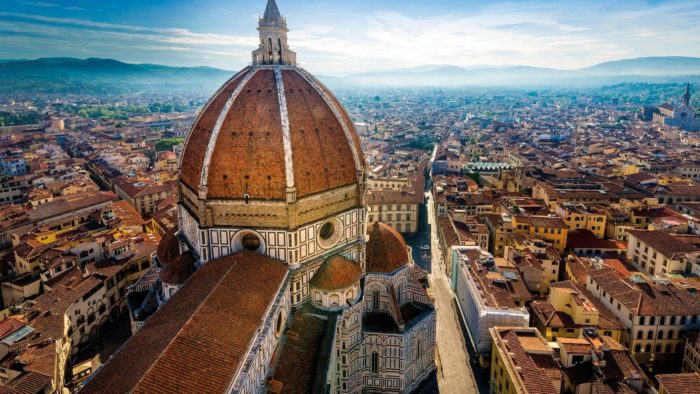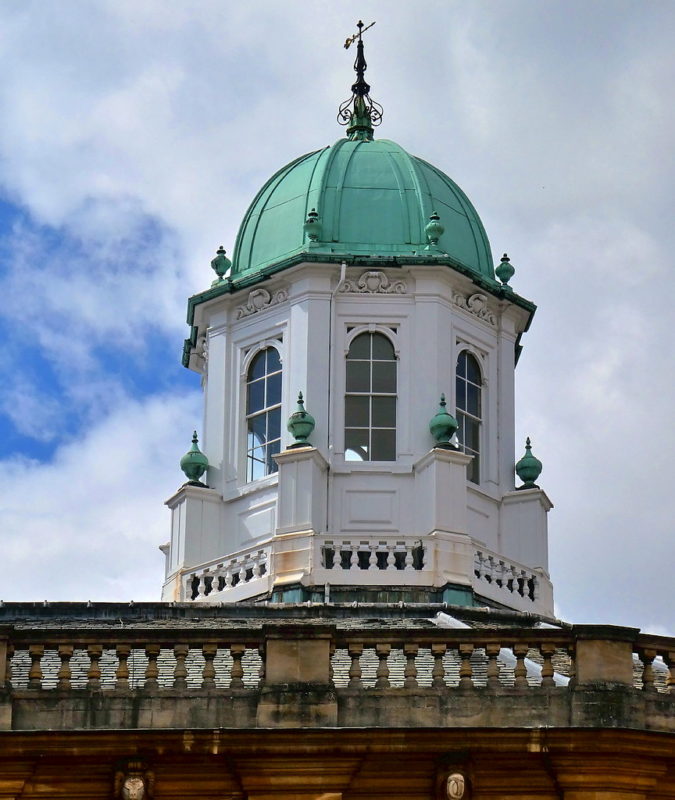What Is a Cupola? Cupola has been a regular part of building design in nearly every culture since it was first used in the eighth century. Greek Revival and Second Empire houses rely heavily on them, but you may easily include them in your design. Beginning with George Washington’s Mount Vernon mansion, cupolas have played a substantial part in the architectural style of American residences.
A cupola is an attractive and functional addition to a roof that can serve as a skylight, a lookout, or both. Adding a cupola to your roof is a great way to give your home a unique look while incorporating elements from other, more conventional styles. Discover what is a cupola and its practical architectural applications in this article.
What is a Cupola in Architecture?
A cupola is an enclosure that projects upward from the roof of a structure and is hollow inside. The word cupola originates from the Latin word “cupula,” which means “small cup,” so the image of an inverted cup is appropriate. A common characteristic of cupolas is a pointed roof and side windows or vents.
A wide range of cupola styles are available, but the most popular ones are square or hexagonal and significantly smaller than the building to which they are connected. Some of the world’s most impressive structures have had massive, ornate cupolas, which are often shaped like domes and large enough to serve as the most distinguishing features of a building. The primary function of a cupola is to improve the visual appeal of the building it tops.
What is the Purpose of a Cupola?
A cupola, whether atop a barn, house, or shed, is an eye-catching addition to any structure. A cupola is a focal point and adds visual interest and symbolic meaning to a building. Cupolas have three primary functions: they provide airflow, offer lighting either by natural light or by housing a lantern, and enhance the aesthetic value of a roof.
Louver cupolas, for instance, are frequently selected to enhance or improve ventilation in a garage, shed, or rooftop. Louver cupolas safeguard stored goods from microbial growth because they allow excess humidity and warmth to escape. Sheds and garages benefit from these windows because they allow pollutants to pass through and move the air, contributing to a more pleasant working environment.
As an additional perk, cupolas are splendid for letting in extra daylight. By letting in more natural light via the windows, cupolas can help homeowners save money on utility bills. You can also install a cupola lantern to light up your roof at night and serve as a lighthouse for guests. A cupola, in any style, may instantly transform the look of a roof. Sheds, gazebos, unattached garages, and other structures can benefit from having them installed so that the entire property has a uniform appearance.
But cupolas also have other uses; for example, did you know they may be used to keep barns and farm animals safe? A barn’s underlying structure is most at risk from microbial and fungal expansion, wood decomposition, and other warm, humid, sluggish air effects. The ventilation provided by cupolas prevents mold growth and fires while drying hay. Cupolas prevent harmful condensation and fume accumulation in the barn during winter to protect the animals’ health.
A cupola’s unique shape and detail can also serve as a source of design ideas. You can go for a classic rooster weathervane and a steel pole painted in dark red, or go for a beachy plywood base and a tropical-themed weathervane. Decorating a cupola is like decorating a blank painting; you can do whatever you want, from hanging an extensive wreath to putting up multicolored lights.
How Cupolas Challenged Convention and Changed History?
The construction of the Florence Cathedral’s cupola in Florence, Italy, is one fascinating chapter in the history of cupolas. Building on this remarkable monument began in 1296, but its original architect, Arnolfo di Cambio, called for a dome and cupola to exceed anything previously constructed. After a century of trying, many people of the time concluded that the dome would never be completed. As a result, the status quo was just waiting for a creative mind to come along and shake things up.
Filippo Brunelleschi, the architect frequently credited as the creator of Renaissance design, solved the puzzle and built this colossal embellishment between 1446 and 1461. While working on the dome, Brunelleschi conceived of unusual architectural massive structures and invented numerous tools and techniques that made their implementation possible. The result served as a source of inspiration for designers and architects for decades, and it remains a monument to this Renaissance mastermind to this day.
The Finest Cupolas Ever Built
Cupolas are a hallmark of Italian Renaissance architecture and neotraditional structures in the United States. Public buildings in the heart of cities, like Portland, Oregon’s Pioneer Courthouse, often feature a 19th or 20th-century cupola. Check out these pictures of some of the world’s most famous cupolas.
1) The Ornamental and Efficient Cupola
As we’ve already established, cupolas were initially designed to let in fresh air and light while providing indirect cooling. The great cupola atop the Longwood estate in antebellum Natchez, Mississippi, performed all these functions. Energy-efficient cupolas are also a feature of specific modern structures.
2) Natural Light Streaming Through Brunelleschi’s Dome
When Filippo Brunelleschi’s dome, made of bricks and designed to support itself, held firm, it shocked the Western nations. He added a cupola, or lantern, to the top of the Florence, Italy, cathedral roof to let in more natural light, and it has stood the test of time. Brunelleschi’s cupola is not responsible for the dome’s elevation but provides much-needed illumination.
3) Sheldonian Theatre
Oxford, United Kingdom’s Sheldonian Theatre was built between 1664 and 1669. Young Christopher Wren created this religious ceremony hall at Oxford University. Like Brunelleschi before him, Wren was fixated on a self-supporting roof that would not require wooden supports or pillars. Mathematicians continue to examine the Sheldonian Theatre’s dome to this day.
However, the cupola is an extra addition and not essential to the roof design. The roof wouldn’t collapse if the dome on top were removed. Then why do visitors to the Sheldonian Theatre fork over money to ascend the building’s numerous stairs to the cupola’s summit? Well, it’s not hard to assume that that’s because of its breathtaking vista of Oxford, England.
FAQS:
What is the function of a cupola?
Historically, cupolas had an essential function in rural construction by providing a source of ventilation for drying out cattle. A barn's high ceilings are a perfect breeding ground for warm, humid air and the resulting odors. The air is released from a cupola through open vents called louvers.
What is the difference between a Dome and a Cupola?
Key differences between cupolas and domes define them as separate design components. Dome-shaped roofs are more commonly associated with institutional and religious buildings than private residences. On the contrary, cupolas are versatile and can be added to buildings of any size for aesthetic and practical purposes.
Is a Cupola a Bell Tower?
Unlike bell towers, cupolas are purely decorative rather than functional building additions. That is to say, a bell tower or campanile often stands on its own, while a cupola is an architectural embellishment.
Is a Cupola a Minaret?
Around the eighth century, cupolas, which can be either spherical or pointed, became a common feature of Islamic architecture. Typically found atop minarets, they were also installed in the mosque's interior, on its corners, and above private homes in the Middle East and India.
Is a Cupola a Steeple?
A bell might fit in a cupola, but there wouldn't be much room for more than one. A cupola is neither as tall nor integral to a building as a steeple.
Why Add a Cupola?
A cupola on a barn can help keep the hay inside dry and prevent microbial growth by boosting air circulation. Having a cupola atop a barn is beneficial because it increases ventilation, reducing the amount of moisture in the air and making it more comfortable for the farm animals that spend the winter there.
What is the purpose of a Cupola on a house?
Cupolas, when installed on a home's roof, allows light and air to reach the space above the ceiling.
